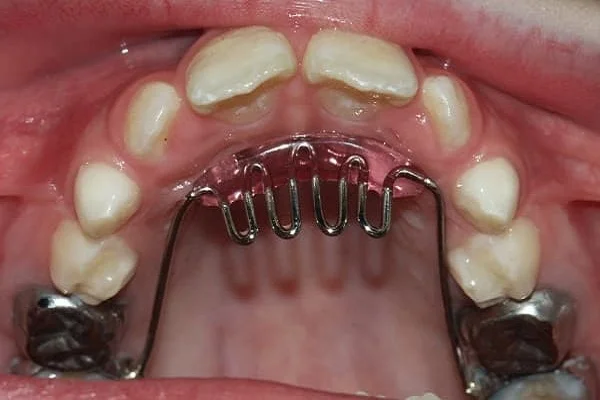
Thumb sucking, tongue thrusting, and prolonged pacifier use are common habits in young children.
While many of these habits resolve naturally, some persist and can lead to dental and jaw alignment issues.
At Dental De Care, we provide habit breaking appliances tailored for children to gently guide them away from these habits and support proper growth and development.
Certain oral habits, if continued beyond early childhood, may cause:
Habit breaking appliances are preventive tools that address these problems early, reducing the need for complex orthodontic treatments later.
Habit breaking appliances are custom-made orthodontic devices fitted to the child’s mouth. They work by:
These appliances can be fixed (attached to teeth) or removable, depending on the child’s needs and cooperation level.
Parents searching for compassionate care often choose Dental De Care for our personalized approach and ethical treatment plans.
Our focus is always on your child’s comfort and long-term oral health.
If your child’s habit continues beyond age 4-5 or you notice visible changes in tooth alignment, it’s time to schedule an evaluation. Early action makes treatment shorter and more comfortable.
If you’re concerned about your child’s oral habits, Dental De Care offers gentle habit breaking appliance solutions designed to protect their smile and encourage healthy growth.
Early intervention today means healthier smiles tomorrow.
Habit-breaking appliances can be an effective tool for correcting harmful oral habits and promoting optimal oral health. With consistent use and professional guidance, they can help children and adults achieve a healthy and beautiful smile.
Our comprehensive behavioral and orthodontic interventions – Early Childhood Braces and Dental Care for Special Kids
Hello